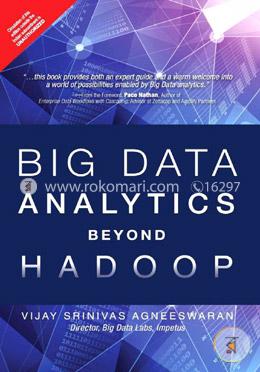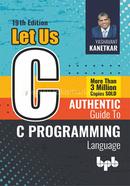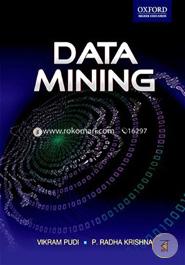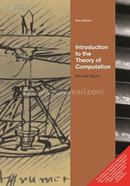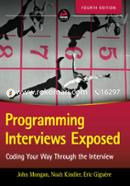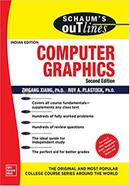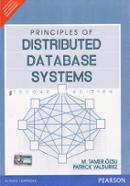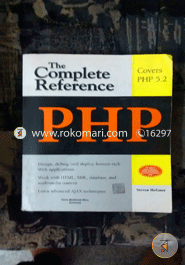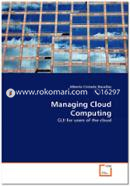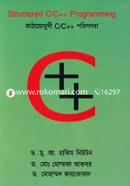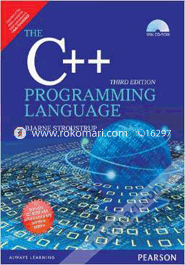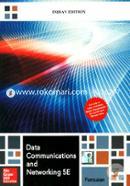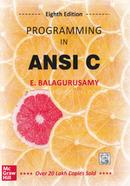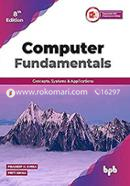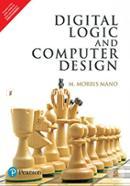Vijay Srinivas Agneeswaran, Ph.D., has a Bachelor’s degree in Computer Science & Engineering from SVCE, Madras University (1998), an MS (By Research) from IIT Madras in 2001, and a PhD from IIT Madras (2008). He was a post-doctoral research fellow in the Distributed Information Systems Laboratory (LSIR), Swiss Federal Institute of Technology, Lausanne (EPFL) for a year. He has spent the last seven years with Oracle, Cognizant, and Impetus, contributing significantly to Industrial R&D in the big data and cloud areas. He is currently Director of Big Data Labs at Impetus. The R&D group provides thoughtleadership through patents, publications, invited talks at conferences, and next generation product innovations. The main focus areas for his R&D include big data governance, batch and real-time analytics, as well as paradigms for implementing machine learning algorithms for big data. He is a professional member of the Association of Computing Machinery (ACM) and the Institute of Electrical and Electronics Engineers (IEEE) for the last eight+ years and was elevated to Senior Member of the IEEE in December 2012. He has filed patents with U.S., European, and Indian patent offices (with two issued U.S. patents). He has published in leading journalsand conferences, including IEEE transactions. He has been an invited speaker in several national and international conferences such as O’Reilly’s Strata Big-Data conference series. His recent publications have appeared in the Big Data journal of Liebertpub. He lives in Bangalore with his wife, son, and daughter, and enjoys researching ancient Indian, Egyptian, Babylonian, and Greek culture and philosophy.
![]()





 Hello, Sign in
Hello, Sign in 
 Cart
Cart 










